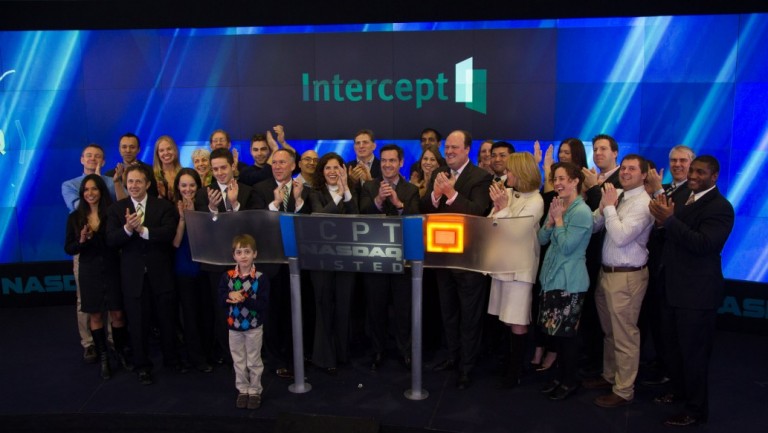
At the end of last year, New York based biotech Intercept Pharmaceuticals Inc (NASDAQ:ICPT) reported that the FDA had scheduled an advisory committee meeting to discuss, and vote upon, the company’s development candidate, obeticholic acid (OCA), in a primary biliary cholangitis (PBC) indication. The announcement came alongside a notice stating that the FDA had delayed the drug’s PDUFA, which was originally slated for February 29, by three months, to May 29. The advisory meeting should offer us some great insight into the drug’s chances of approval come PDUFA, and in turn, could dictate a sustained movement in Intercept’s market capitalization on result-release. Ahead of the meeting, therefore, let’s have a look at the drug in question, and try to gauge its chances of getting a panel, and in turn agency, green light.
Click Here For More Market Exclusive Updates & Analysis
First then, let’s look at the science. As mentioned, it’s a PBC indication. PBC is a condition in which immune system dysfunction causes progressive destruction of what are called Canals of Hering – essentially the ducts through which bile (and other toxins) drains. When these get damaged, bile and toxins can’t drain, and the resulting buildup leads to cirrhosis. OCA is a bile acid analog (meaning it has a similar physical structure, but is produced synthetically) that works to facilitate the regular transportation and removal of toxins out of the liver, and in doing so, treat PBC – or so Intercept hopes. We could go into a little more detail about the science here – it involves what’s called the farnesoid X receptor, and agonization of this receptor – but for the purposes of this discussion its probably not necessary.
More important is the trial progress, and the market potential. The drug is being developed as a treatment in patients that haven’t responded to the current SOC – ursodeoxycholic acid (UDCA). UDCA is an effective treatment, but only in around 60% of patients. Further, it requires early diagnosis to maximize efficacy, and a large portion of the patients that it is effective in suffer serious AEs, and become intolerant to the drug.
In the trial on which the NDA is based, Intercept focused on a primary endpoint of reduced ALP, which is a serum that builds up as part of the toxic profile of the condition. Across two dosage groups, 5-10mg and 10mg, ALP was measured at a number of predefined time points, starting at two weeks and lasting as long as twelve months. In the lower dose range, 46% of patients met the primary endpoint. In the higher, this number increased slightly to 47%. Only 10% met the reduction endpoint in a placebo arm. The most serious AE recorded was pruritus (which is a skin itch type condition) and it wasn’t any more severe in the treatment arm than it was in the placebo arm.
So what does this mean in real terms? Well, the drug is effective in less than 50% of patients, which isn’t great. Having said that, it is targeting a population for which current SOC is 0% effective, so the unmet need element of the situation will likely feed into the advisory panel’s review. Simply put, if this was competing with current SOC, it would have a hard time getting approval. It’s not, however, so the panel (and the FDA) will likely focus on the tolerability element of the trials as a guide for recommendation. Since AEs were low, tolerability seems high, and this bodes well for the drugs chances going forward.
And what about market potential? There are about 300,000 individuals with PBC globally, and about 128,000 of these are in the US. Intercept is targeting the 40% of these that are non-responsive, or intolerant, to current SOC, giving it a potential market size of a little over 50,000 individuals. It’s not a huge population, but the price of current SOC is $2,500 annually, meaning Intercept could price its alternative treatment at a similar rate and still be looking at a $125 million market potential. Chances are, however, that the company will price it at a much higher rate than SOC (UDCA is generic), which would expand this potential considerably.
So that’s about it. The drug doesn’t have a great rate of efficacy (only works in less than half of patients trialed), but it’s safe, and is targeting a patient population that have little alternatives aside from a liver transplant. With this in mind, chances are the panel will be a little more lenient in their recommendation than they might otherwise be in another indication with a similar efficacy rate. The date to watch? This coming Thursday, April 7, 2016.




